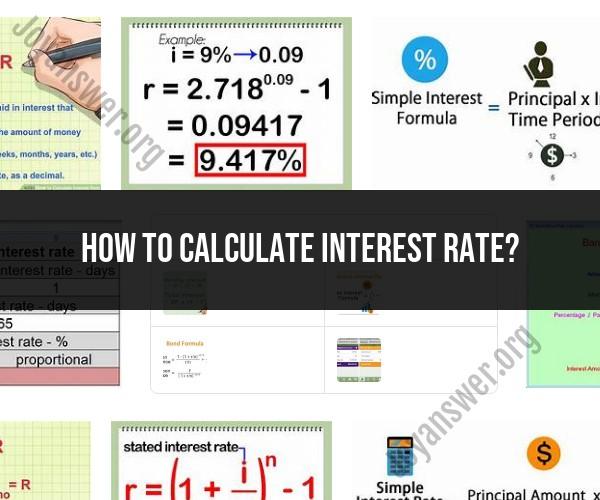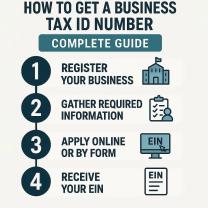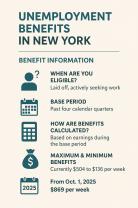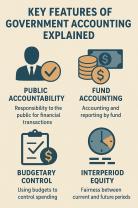How to calculate interest rate?
You can calculate the interest rate using the following formula:
Interest Rate (R) = (Interest Earned / Principal Amount) x 100
Here are the steps to calculate the interest rate:
Gather Information:
- You'll need two pieces of information: the amount of interest earned and the principal amount (the initial amount of money or the loan amount).
Plug in the Values:
- Insert the values into the formula.
- Interest Earned: This is the total amount of interest you've earned or paid.
- Principal Amount: This is the initial amount of money or the loan amount.
Calculate:
- Divide the interest earned by the principal amount.
- Multiply the result by 100 to convert it into a percentage.
Interpret the Result:
- The result you obtain is the interest rate expressed as a percentage. This represents how much interest you've earned or paid relative to the principal amount.
Here's an example to illustrate the calculation:
Suppose you invest $5,000 in a savings account, and after one year, you earn $250 in interest. To find the interest rate:
Interest Rate (R) = ($250 / $5,000) x 100
Interest Rate (R) = (0.05) x 100
Interest Rate (R) = 5%
So, in this example, the interest rate is 5%.
This formula works for both simple and compound interest calculations. If you want to calculate compound interest, you'll need to use a slightly different formula that takes into account compounding periods.













